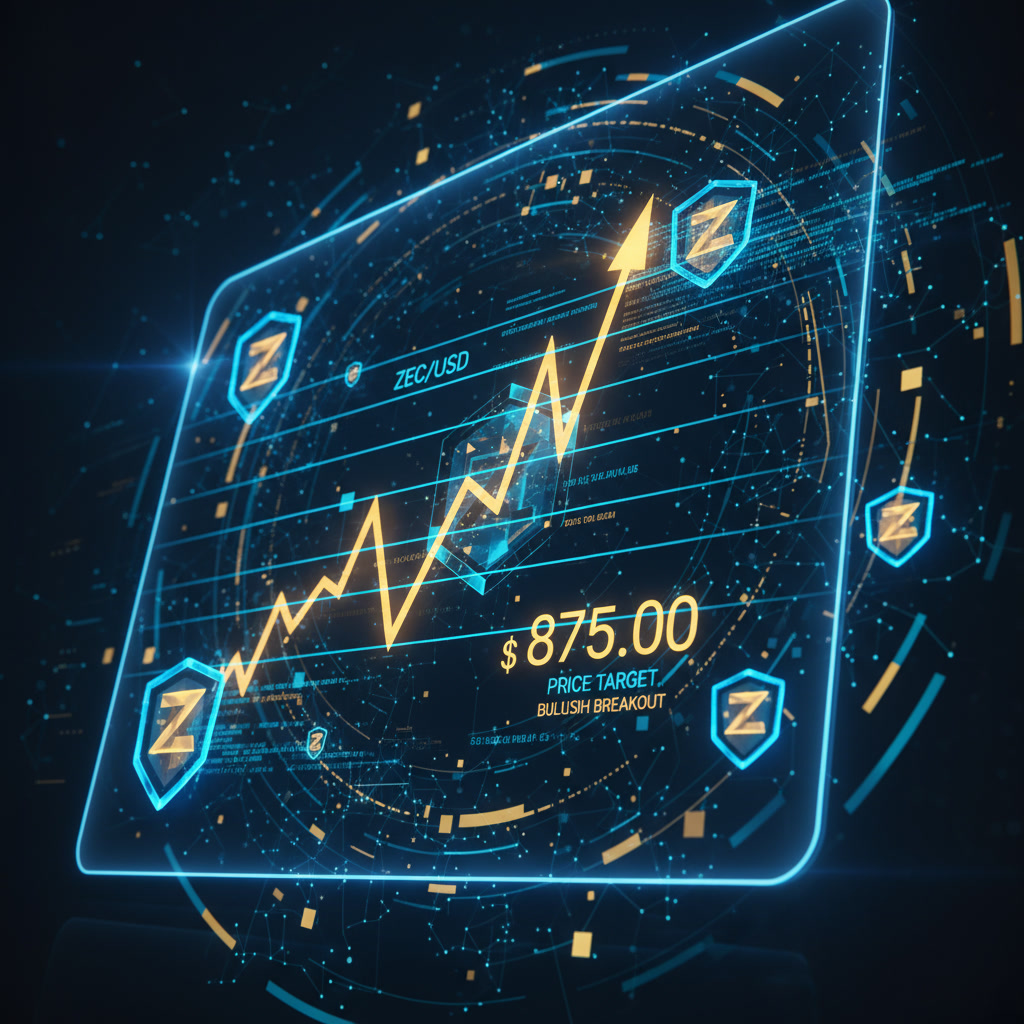Don’t Believe the Noise: There Can Never Be Too Many L2s
Opinion by Igor Mandrigin, co-founder and CTPO of Gateway.fm
Every few weeks, a new Layer 2 (L2) scaling solution for Ethereum or other blockchains launches, adding to an already impressive and ever-growing ecosystem of rollups, zkEVMs, optimistic rollups, and other second-layer protocols. According to a recent Gemini Institutional Insights report, a new Ethereum L2 solution appears approximately every 19 days. This rapid proliferation has sparked a chorus of criticism from some corners of the Web3 industry, with skeptics claiming that the market is saturated and that no more chains or L2s are needed.
Yet, this viewpoint is fundamentally flawed and shortsighted.
Why the Criticism of L2 Proliferation Misses the Mark
Some of the loudest critics argue that the explosion of L2s is redundant and unnecessary. But this kind of thinking is akin to saying there were too many websites in 1998-a time when the internet was just beginning to reshape our world. The reality is that the number of blockchains and L2s today is laughably small compared to the potential scale of the Web3 ecosystem.
We are still in the early innings of what will be a multi-decade expansion of specialized, modular blockchain infrastructure. The diversity of L2s is not a problem; it’s a sign of healthy innovation and specialization. Each L2 can serve different verticals, use cases, and jurisdictions, enabling a rich, scalable ecosystem rather than a fragmented or bloated one.
The Rise of L2s Is Far From a Passing Fad
There is a misconception that the current surge in L2 deployments is a speculative frenzy driven by DeFi “degenerates” or hype cycles. In reality, the growth of L2s is an enterprise-grade infrastructure expansion. Major industries that are traditionally risk-averse-such as banking, logistics, manufacturing, and gaming-are increasingly adopting L2 solutions to meet their complex needs.
For example, gaming activity on some L2 blockchains rose by over 20,000% in February 2025, illustrating the sector’s rapid adoption of scalable blockchain infrastructure.
These industries do not pivot lightly. They demand performance, predictable costs, privacy, and regulatory compliance-requirements that shared, general-purpose Layer 1 (L1) blockchains often cannot satisfy. Instead, enterprises prefer to deploy their own chains or dedicated L2s tailored to their specific operational and jurisdictional requirements.
Proprietary Chains Are the Norm, Not the Exception
This trend toward proprietary or specialized chains is not unique to Web3. Consider the history of the internet and digital services: major players like Facebook, Netflix, and JPMorgan never shared a common hosting platform like GeoCities. They built or rented infrastructures that met their unique scale, security, and compliance needs.
Similarly, shared L1s and monolithic blockchain architectures worked well for early token experiments and composable DeFi primitives but cannot realistically support the complexity, regulatory burden, or contractual requirements of real-world businesses.
The Growing Viability and Accessibility of L2s
Thanks to advances in modular blockchain stacks, rollup-as-a-service platforms, and zero-knowledge proof technology, launching and maintaining dedicated chains or L2s is becoming increasingly feasible and cost-effective. This democratization of blockchain infrastructure means that not only large enterprises but also startups and mid-sized companies can deploy tailored, high-performance chains.
As infrastructure matures and costs decline, we can expect a substantial rise in the number and diversity of L2s, each optimized for different use cases-from high-frequency trading to national land registries.
Addressing Concerns About Fragmentation and User Experience
Critics often voice concerns about user experience, liquidity fragmentation, and the dispersal of tradable assets across multiple platforms. However, these concerns are short-sighted and underestimate the power of interoperability solutions.
The industry is actively building toward seamless interoperability through:
-
Shared settlement layers that provide a common finality and security guarantee.
-
Trust-minimized bridges that enable secure asset transfers across chains without centralized intermediaries.
-
Unified account abstraction that simplifies user interactions across multiple chains and L2s.
Ultimately, end-users will not care whether they are transacting on rollup #4,318 or chain #9,072-they will expect and receive a smooth, frictionless experience.
Modular Blockchains Unlock Hyperscale
Just as cloud computing abstracted hardware layers to unlock hyper-scale for computing and storage, modular blockchains are unlocking hyperscale for value transfer, asset issuance, and programmable trust.
The future is not about one chain to rule them all but hundreds of L2s and thousands of specialized use cases coexisting within a unified, modular ecosystem.
For instance, an L2 optimized for high-frequency trading can easily coexist with another designed for secure, privacy-focused land registry management. The modular approach allows each L2 to excel in its niche without cannibalizing others.
The Myth of “Too Many Chains”
We are not drowning in chains-we are barely ankle-deep in the grand scheme of things. Anyone betting on consolidation or a magical “winner-take-all” chain is essentially betting against scale, sovereignty, and innovation.
The real bet for investors, developers, and users is on a future with hundreds of L2s and thousands of use cases, all interoperating seamlessly to create a scalable, sovereign, and user-friendly Web3.
Conclusion: Embracing the Explosion of L2s
The proliferation of L2s is a natural and necessary evolution of blockchain technology. Far from causing fragmentation or bloat, the diversity of L2s enables specialization, scalability, and customization that will empower enterprises, developers, and users alike.
As modular blockchain infrastructure continues to improve, the ecosystem will become more accessible, efficient, and interoperable, fulfilling the promise of decentralized finance, gaming, supply chain transparency, and beyond.
There can never be too many L2s-only more innovation, more choice, and a more vibrant Web3 future.




